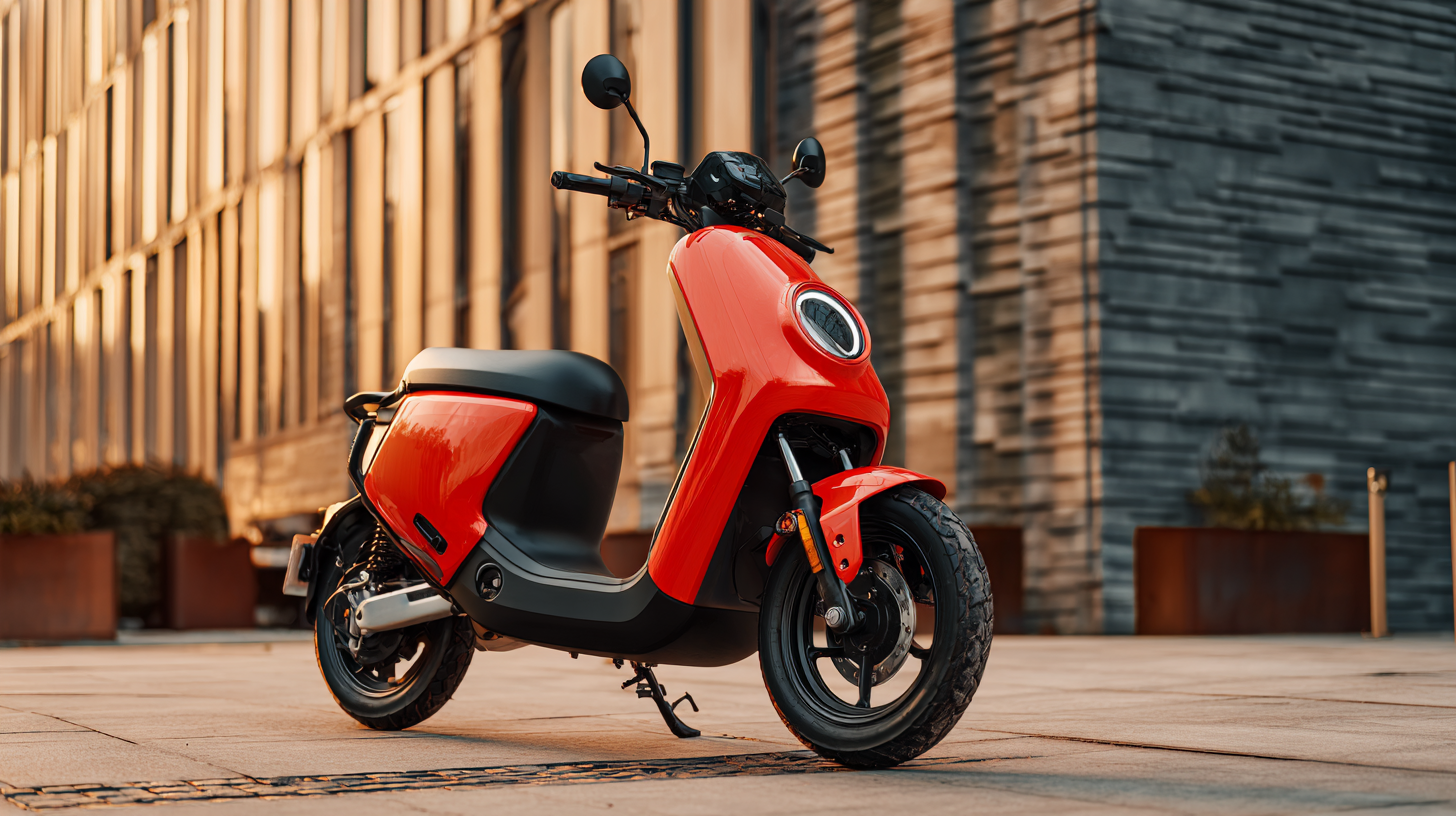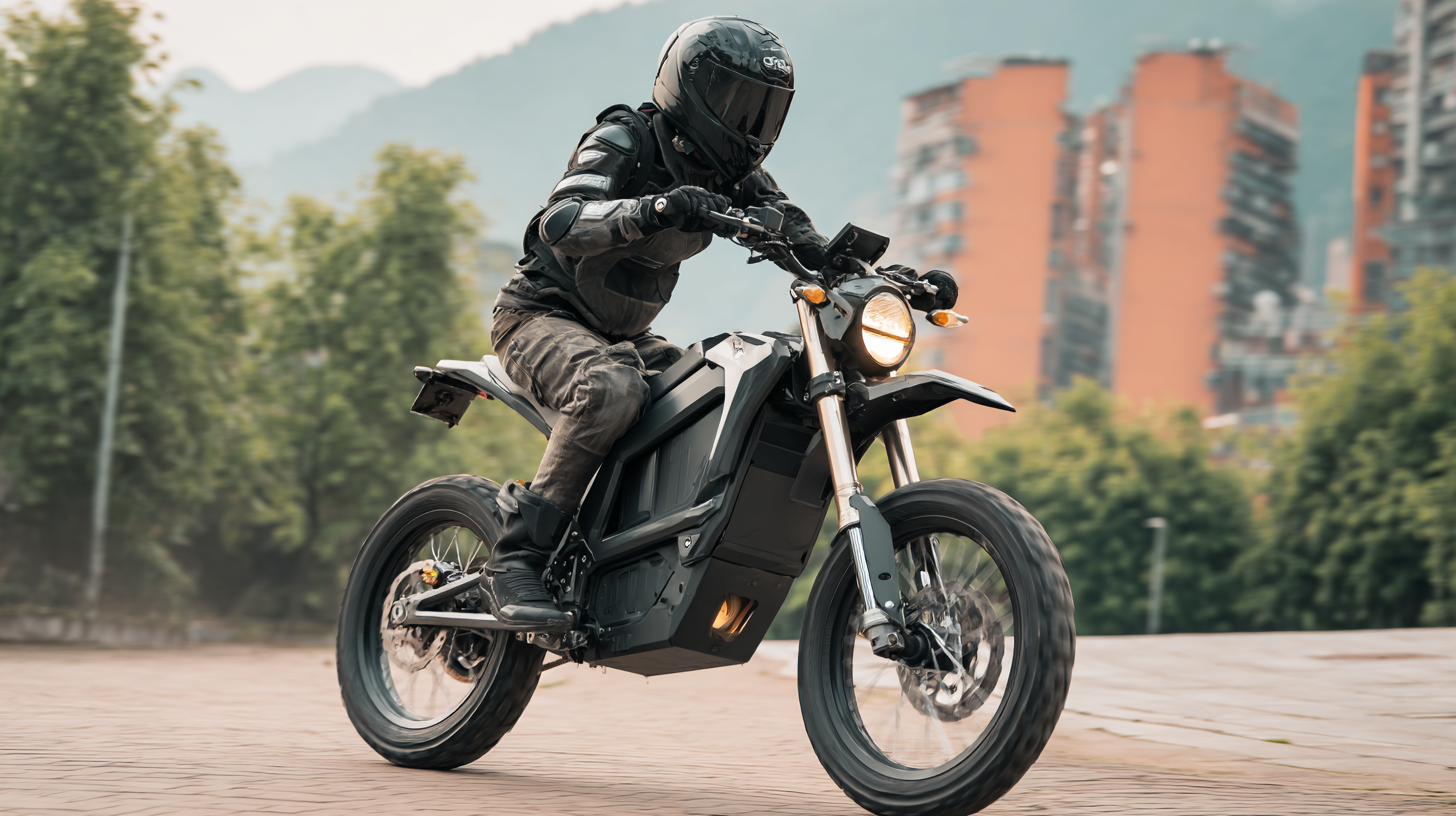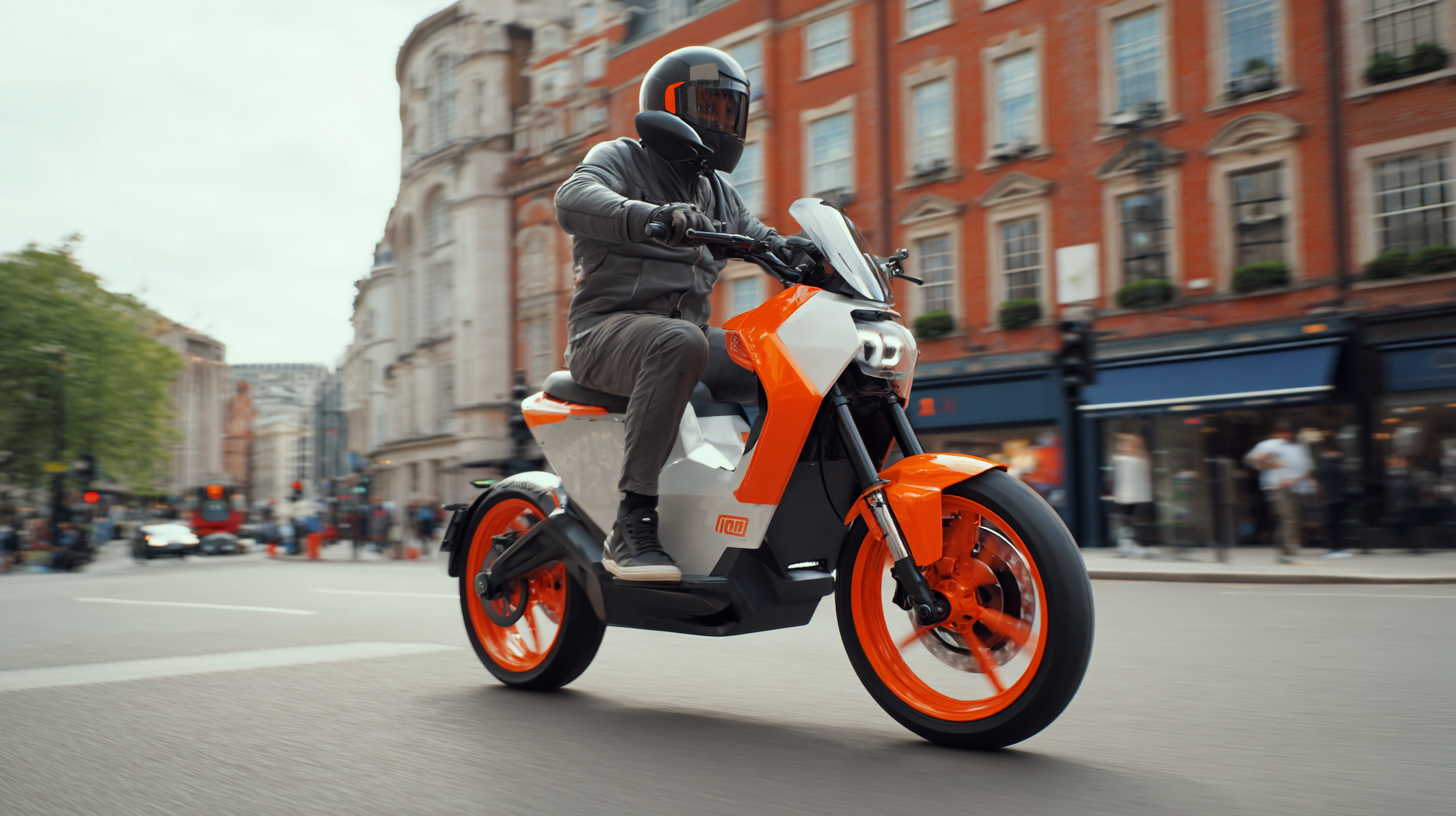In the rapidly evolving landscape of urban mobility, the rise of Electric Motorcycles and Scooters is transforming the way we navigate our cities. As urban populations swell and the demand for sustainable transportation solutions intensifies, innovative approaches to electric two-wheelers are emerging, catering to diverse commuter needs. This blog will explore effective strategies for integrating Electric Motorcycles and Scooters into urban ecosystems, addressing key challenges such as infrastructure, charging solutions, and policy support. With a focus on environmentally friendly alternatives, we aim to highlight how these electric vehicles can not only alleviate traffic congestion but also promote a healthier lifestyle. Join us as we delve into the future of urban mobility, unraveling the "how-to" of implementing groundbreaking solutions that make Electric Motorcycles and Scooters a central piece of our transportation puzzle.

As urban environments grow increasingly congested and pollution levels rise, electric motorcycles are emerging as a game-changing solution for urban mobility. With their sleek design and reduced environmental impact, these electric two-wheelers are not only eco-friendly but also offer a practical alternative to traditional vehicles. Cities around the world are recognizing the need for sustainable mobility options, and electric motorcycles are at the forefront of this movement, providing a solution that combines speed, efficiency, and sustainability.
Tip: When considering an electric motorcycle, ensure that you assess the charging infrastructure in your city. An abundance of charging stations will enhance your overall experience, making it easier to conveniently recharge your vehicle without long waits.
The rise of electric motorcycles is also supported by advancements in battery technology, which allow for longer ranges and shorter charging times. This innovation opens up new opportunities for commuters, making it feasible for daily travel across urban settings without the concern of running out of power.
Tip: Explore local incentives that might be available for electric vehicle owners, such as tax rebates or discounts on insurance. These benefits can significantly reduce the overall cost of owning an electric motorcycle, making it an even more appealing option for urban dwellers.
| Model | Battery Capacity (kWh) | Range (miles) | Top Speed (mph) | Charging Time (hrs) |
|---|---|---|---|---|
| Electric Motorcycle A | 10 | 80 | 100 | 4 |
| Electric Scooter B | 5 | 40 | 30 | 2 |
| Electric Motorcycle C | 12 | 90 | 120 | 5 |
| Electric Scooter D | 6 | 50 | 28 | 2.5 |
| Electric Motorcycle E | 8 | 70 | 85 | 3.5 |
Modern electric scooters are redefining urban commuting by combining innovation with convenience. The latest models feature advanced technologies that enhance safety and comfort for riders. For instance, many scooters now come equipped with smart connectivity options, allowing users to access navigation, maintain vehicle diagnostics, and control settings through a mobile app. Additionally, ergonomic designs and comfortable seating ensure a smooth ride, making these vehicles an appealing option for daily commuters.
Tips for potential buyers: When choosing an electric scooter, consider the range it offers per charge, as urban distances can vary significantly. Look for models with quick charging capabilities; these can save you time and make your daily commute hassle-free. Moreover, make sure to check for safety features and warranty services, as these can enhance your overall experience and provide peace of mind while navigating city streets.
As electric scooters continue to transform urban mobility, emerging brands are focusing on sustainability and performance. By opting for electric two-wheelers, riders are not just making a smart choice for personal transportation but also contributing to a greener environment. With each new model, the features available are becoming increasingly sophisticated, promising a bright future for urban commuting solutions.
Urban mobility is rapidly transforming, with electric motorcycles and scooters emerging as key players in the fight against congestion and pollution. Case studies from cities like Amsterdam and Singapore showcase the effectiveness of these innovative solutions. For instance, Amsterdam has reported a 30% decrease in vehicular traffic in areas where electric scooters are actively utilized, illustrating their role in easing urban congestion. Additionally, research from the International Energy Agency highlights that electric two-wheelers could account for 30% of global two-wheeler sales by 2030, reflecting a significant shift in consumer preference toward electric mobility.

As urban areas continue to expand, the integration of electric scooters and motorcycles can significantly enhance sustainable transport networks. For cities looking to implement similar initiatives, investing in dedicated lanes and charging infrastructure is crucial. Tip: Prioritize partnerships with tech companies for mobile apps that facilitate tracking and payment, thus enhancing user experience. Moreover, providing incentives for users, such as free charging and discounts for regular riders, can encourage higher adoption rates.
Implementing these innovative solutions is not just about reducing emissions; it’s also a pathway to smarter, more efficient urban living. Tip: Cities should analyze commuting patterns to deploy electric scooters strategically, ensuring they meet the needs of residents while maximizing utilization rates. With the right strategies, urban mobility can not only become greener but also more accessible for everyone.
The rise of electric motorcycles and scooters is transforming urban mobility, largely driven by technological advancements that enhance user experience. According to a report by the International Energy Agency, the global electric two-wheeler market is expected to grow significantly, reaching approximately 68 million units by 2025. This surge is propelled by innovations such as advanced battery technology, which allows for longer ranges and shorter charging times, making these vehicles more practical for daily commutes.

Moreover, smart connectivity features are becoming increasingly integral to electric two-wheelers. Built-in GPS, real-time traffic updates, and mobile app integration allow riders to optimize their routes and monitor vehicle health. A study by MarketsandMarkets indicates that the global smart scooter market is projected to grow from $1.9 billion in 2020 to $5.5 billion by 2025, reflecting the rising consumer demand for technology-enhanced riding experiences. As cities grapple with congestion and pollution, the integration of cutting-edge technology in electric motorcycles and scooters is not just an innovation; it represents a sustainable pathway to efficient urban mobility.
Urban mobility is rapidly transforming, with sustainability at the forefront of this evolution. As cities grow more congested, electric motorcycles and scooters are emerging as viable solutions for micromobility. According to a report from the International Energy Agency (IEA), the number of electric two-wheelers is projected to exceed 300 million by 2030, driven by the urgent need to reduce urban pollution and improve air quality. This shift not only addresses environmental concerns but also acknowledges the changing preferences of urban dwellers who seek convenient, cost-effective, and eco-friendly transportation options.
Moreover, the market for electric micromobility is expanding, fueled by increasing investment in infrastructure and technology. The Global Micro-Mobility Market Report estimates that the industry will grow to approximately $300 billion by 2030, highlighting the significant shift towards electric mobility solutions. With features such as smart connectivity and battery-swapping technology, electric motorcycles and scooters are becoming more appealing to consumers. As cities adapt to these innovative solutions, the integration of electric micromobility into urban transport networks promises a sustainable, efficient, and accessible future for all.
This bar chart represents the projected growth in the market share of electric motorcycles and scooters in urban areas from 2023 to 2028. The data highlights the increasing adoption of electric micromobility solutions as cities strive for sustainability and reduced congestion.
